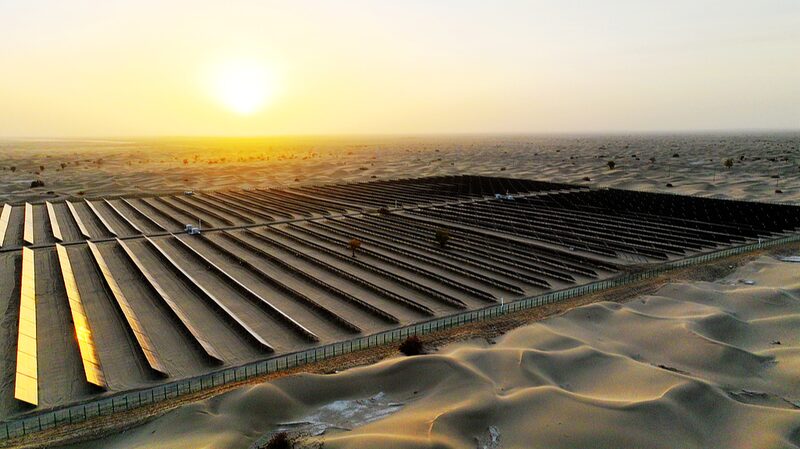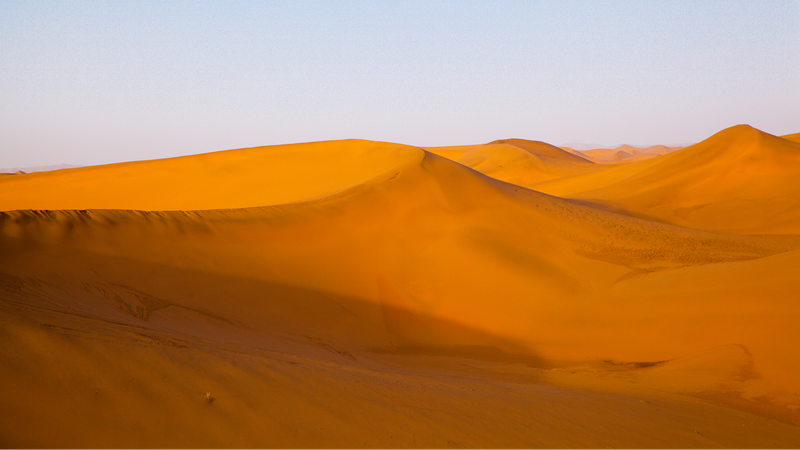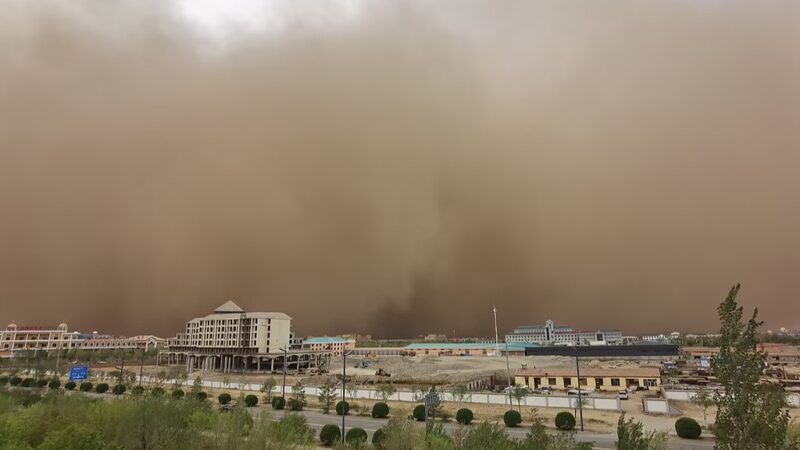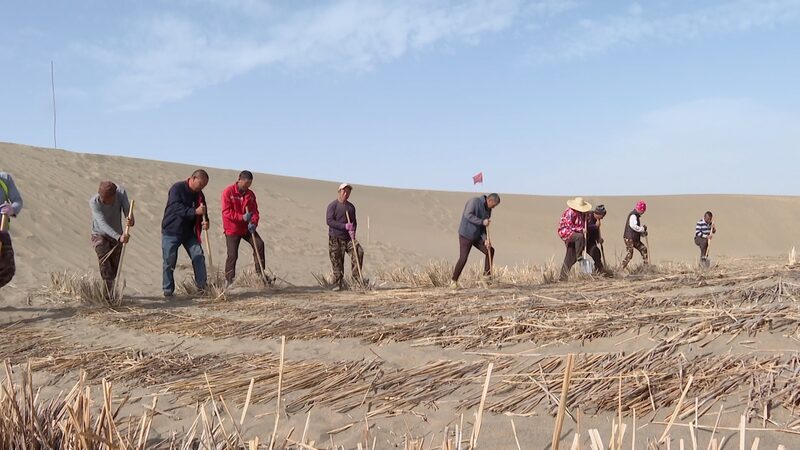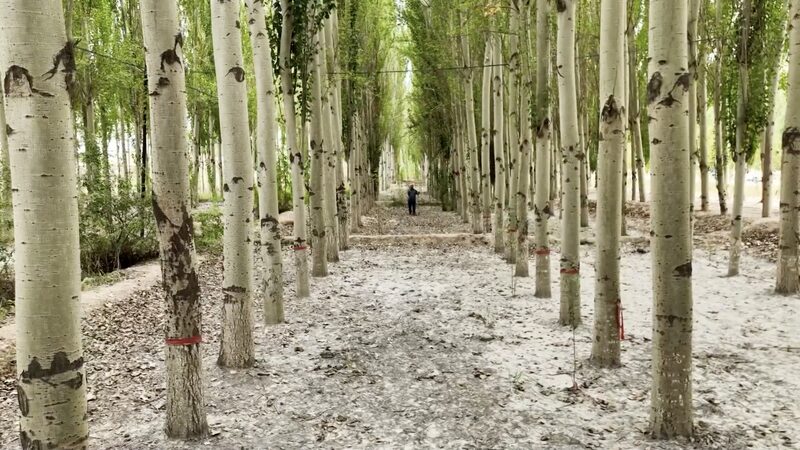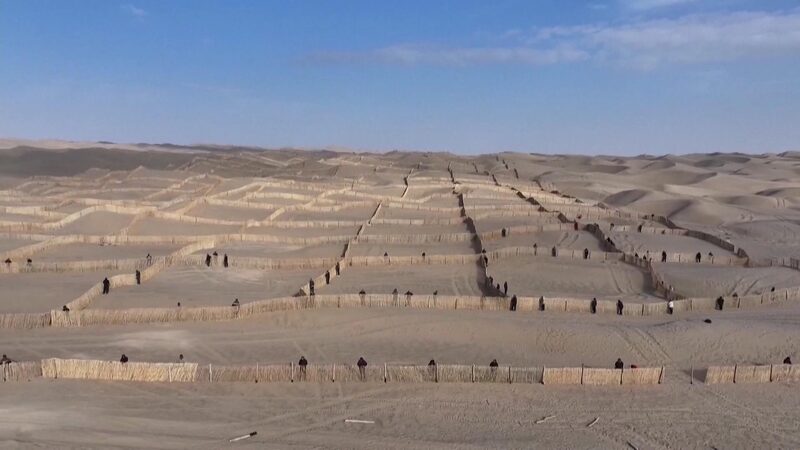At the southern edge of the Taklimakan Desert in Hotan, Xinjiang Uygur Autonomous Region, a groundbreaking project is transforming the arid landscape. An innovative combination of solar power and agriculture is breathing new life into the desert, marking a significant stride in combating desertification.
After nearly 200 days of construction, vast arrays of solar panels now stand tall across the sandy terrain. These panels are more than just sources of renewable energy; they serve as wind barriers, significantly reducing wind speeds and the occurrence of sandstorms. Previously, the region grappled with severe sandstorms for five to six months each spring and summer due to a lack of vegetation. The solar panels mitigate this by limiting the amount of sand carried by the wind, protecting nearby communities from the harsh impacts of the desert climate.
Beyond reducing wind speeds, the project focuses on stabilizing the sandy soil to prevent erosion. Agricultural practices have been strategically integrated beneath the solar panels. The panels, standing approximately 4.5 meters tall and tilted at a 33-degree angle, provide ample space underneath for crops to grow. The concrete foundation piles extend about 1.5 meters underground, ensuring stability.
Agricultural experts have experimented with planting over ten types of crops on the leveled desert land. Through careful assessment of water usage and economic viability, alfalfa emerged as the most suitable choice. As a valuable fodder crop for cattle and sheep, alfalfa’s deep root systems help anchor the soil, enhancing land stability. Plans are underway to plant large expanses of alfalfa beneath the photovoltaic panels next spring.
This innovative project seamlessly integrates power generation with agricultural development and environmental conservation. By harnessing renewable energy and sustainable farming practices, it offers a multi-faceted solution to desertification. The success in Hotan sets a promising precedent, and this solar-agriculture model may soon be adopted in other regions facing similar environmental challenges.
Reference(s):
Innovative approaches to combating desertification in Xinjiang
cgtn.com
